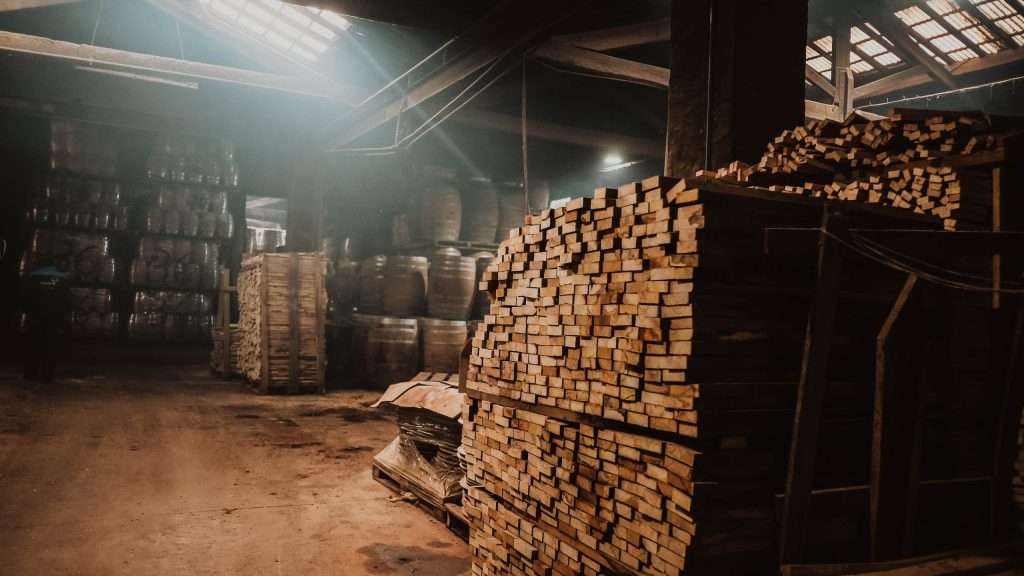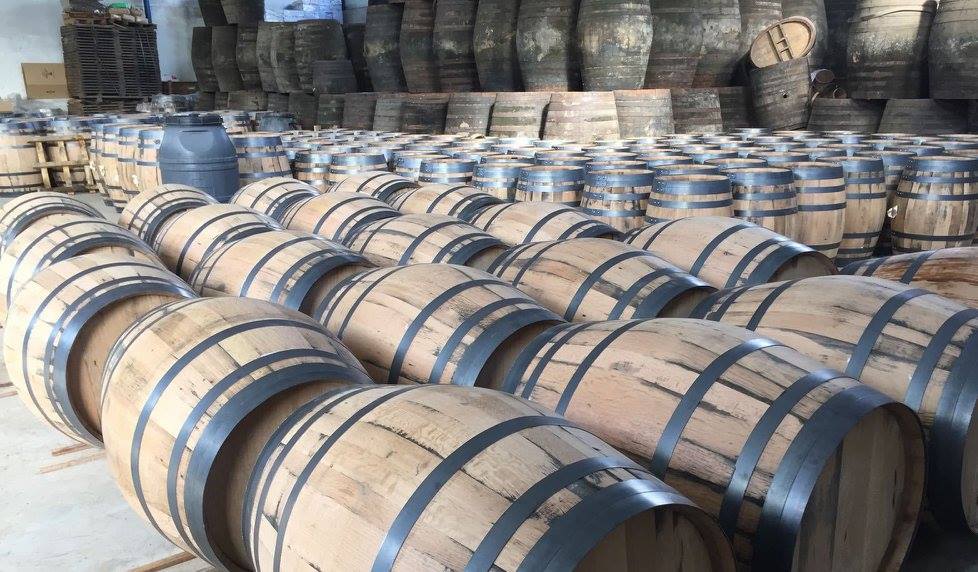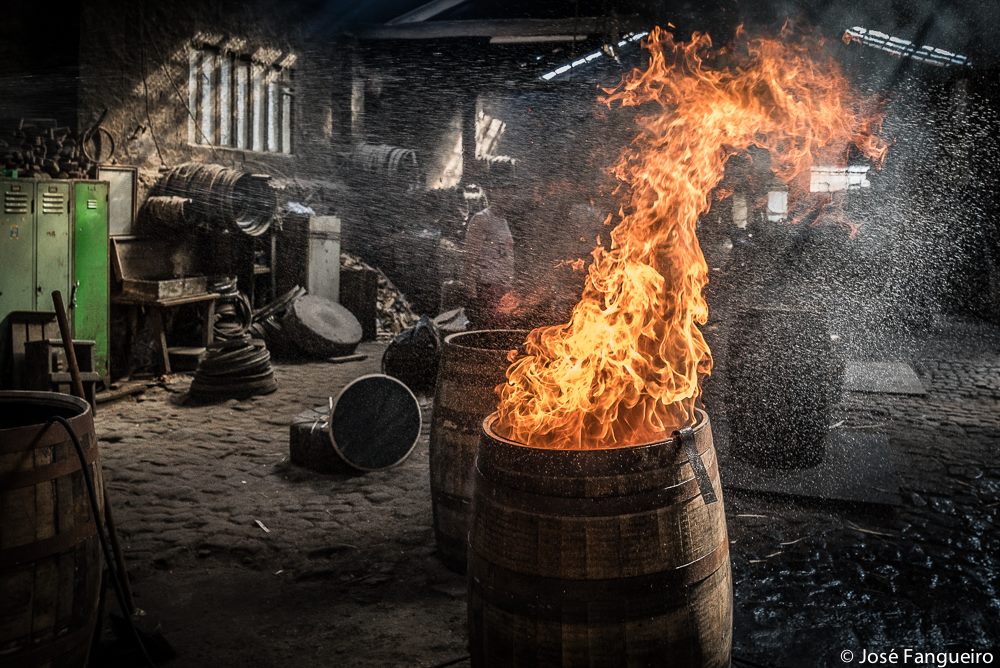Oak is expensive and there is a limited amount available, so why are the vast majority of barrels made from oak rather than some other kind of wood? Here in this post we will not consider the different kinds of oak (you can read about the benefits of American oak vs French/ European oak for barrels here), rather we will explain why oak is truly the king of woods when it comes to making barrels.
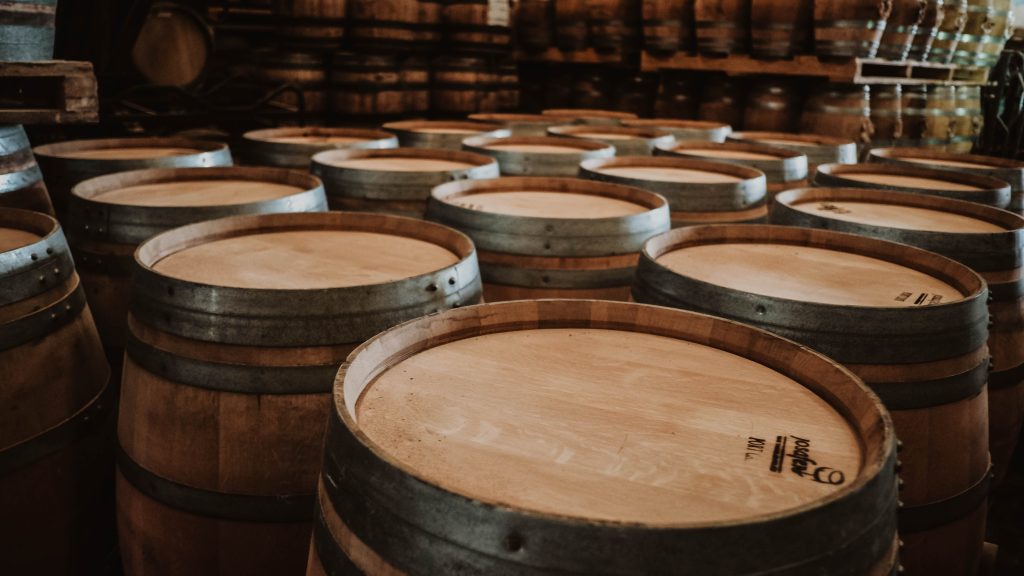
Structural integrity
The first and most important job of a barrel is to by watertight – bearing in mind that barrels are made with no glue between the staves, just the compression provided by the hoops, this is no easy feat. Even if the staves are accurately made, the barrel is assembled by an expert cooper and the hoops are tightened as much as possible, there will always be the problem that wood contracts and expands with temperature and moisture. Here we can see the first great benefit of oak – it is very stable in all environments and offers the perfect combination of strength and flexibility – this makes it highly resilient and reliable to maintain the barrel watertight over decades. (On top of this stability, oak will also bend without snapping in order to make the barrel shape).
Micro-oxidation and Maturation
If you just wanted a barrel to be watertight, then you could use stainless steal or plastic, but of course the whole point of using wooden barrels to age wine or spirits is to promote the ageing process. Maturation requires oxygen, but if there is too much oxygen then the process will happen to quickly, before the subtleties of flavour are allowed to develop, so just a tiny amount of oxygen has to be allowed in. The unique pore structure of oak allows just the right amount of oxygen to enter the barrel (micro-oxidation), to allow a very gradual maturation. Furthermore, the porous nature of the oak allows the wine or spirit inside to superficially penetrate the inside of the barrel, allowing a sort of communication of flavours between the barrel and the liquid, which will in turn impart some of the natural flavours of the oak to the wine or spirt.
Chemical Composition of Oak
Oak contains essential compounds like lignin, cellulose, and hemicellulose, which play a pivotal role in the aging process – when the barrel is toasted or charred, these chemical compounds come to life, often with a note of sweetness that will be shared with the wine or spirit as it slowly ages under micro-oxidation conditions. There are also tannins in the oak to give mouthfeel and astringency. The extent to which these natural compounds are allowed to communicate with the liquid inside can be controlled by the amount of char given to the barrel, as well as the size of the barrel (as a smaller barrel has a relatively high surface area relative to the volume of liquid it contains, compared to a larger barrel), so a smaller barrel will lead to far more communication with the liquid and the oak.
Aesthetics
This might seem like a trivial point, but high-quality oak that has been expertly crafted and finished makes beautiful barrels. We take enormous pride in the barrels that we produce and that means that the appearance is also very important to us – oak has a gorgeous grain and touch to it, so it can really impart a majesty and beauty to a cellar.
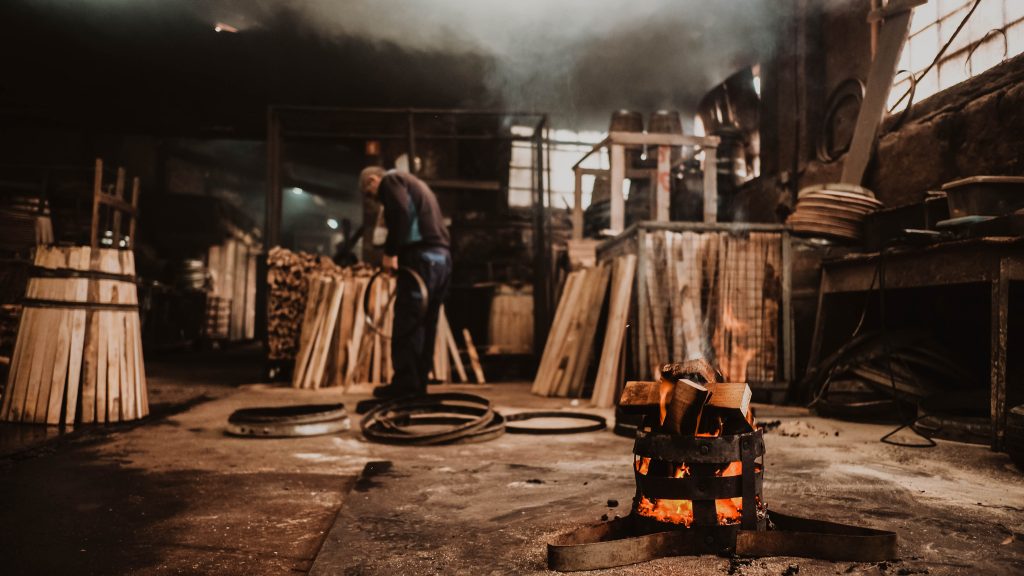
So you can see why oak is universally used as the first choice for making barrels, but of course there is generations of knowledge that go into the cooper’s art of making oak barrels. This starts with the selection of the oak from climatic conditions that promote an ideal pore structure in the oak (France is blessed in this aspect, which is why the most expensive oak comes from France), then the oak staves have to be seasoned in the right climatic conditions and once assembled, the toasting and charring of the barrel requires high levels of skill (at least in traditional cooperages like ours, where it is done using natural fire like in the image above, rather than gas which is used in more mass production cooperages). Please let us know if you are interested in sourcing your oak barrels from us and we can provide you with more information – and of course you would be very welcome to see our traditional cooperage in action to see the true cooper’s art!

